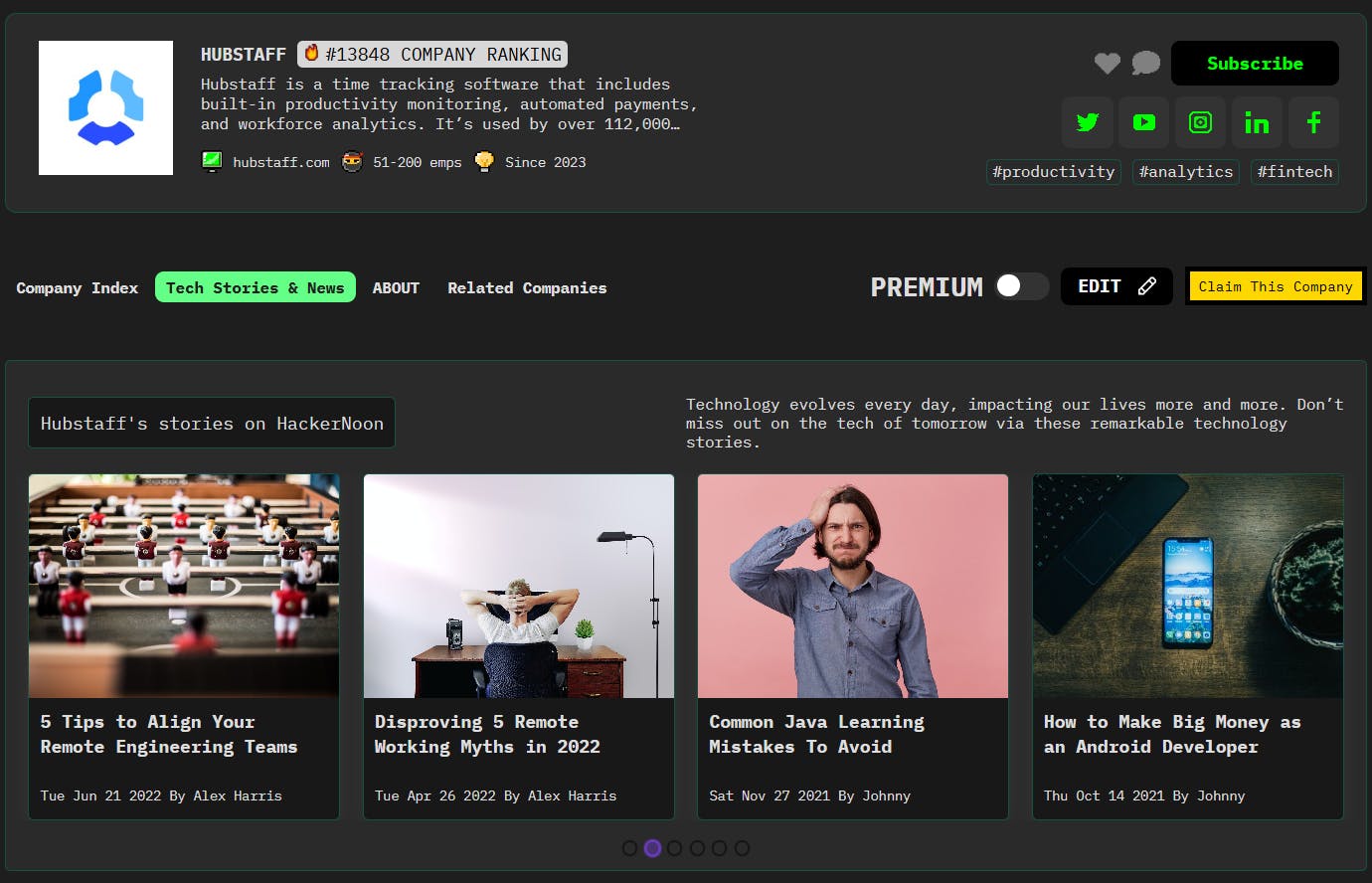Microsoft’s recent Copilot Fall Release includes several new features for productivity, collaboration, and personalization. The release also includes updates to Copilot features in Edge and Windows, as well as integration with Microsoft’s in-house AI models.
Microsoft AI’s CEO Mustafa Suleyman introduced the release in a blog post describing its twelve new features, calling it a “milestone.” Some of these, such as Groups and Imagine, support collaborative activities, while others such as Memory and Copilot for Health are targeted at individual use cases. Copilot Mode in Edge brings voice-driven browser navigation, Actions for performing tasks, and Journeys for resuming previous browsing sessions. Copilot on Windows introduces a new “Hey Copilot” wake word and remembers recent context like apps and files. According to Suleyman:
All our updates are live now in the US, and rolling out fast across the UK, Canada, and beyond in the next few weeks…Tell us what you think, where we can be better, and share your ideas for what’s next. Human-centered AI starts with human feedback. Together, we can shape the future of AI companions to be more authentic, helpful, and built around real human needs.
Several of the features target personalization. With the Memory feature, Copilot can reference past conversations, and users can ask Copilot to remember certain facts which can be used in future conversations. Connectors let users import context from other Microsoft services like Outlook and OneDrive or from external sources like Gmail and Google Drive. Proactive Actions, a preview feature in deep research mode, can “surface timely insights and suggest next steps.”
Microsoft has partnered with institutions including Harvard to power the Copilot for Health feature. The feature addresses a common use case: Microsoft says 40% of users ask a health-related question each week. The goal is to “improve how we ground responses in credible sources.” Around the same time as Microsoft’s release, OpenAI updated their usage policies to clarify that their services are not to be used for “automation of high-stakes decisions in sensitive areas without human review,” including medical advice, although OpenAI’s Karan Singhal posted on X that the models could be used to “help people understand legal and health information.”
The release also introduces a new virtual assistant character called Mico (a contraction of Microsoft Copilot), the latest in Microsoft’s series of animated sidekicks; the most recent was Cortana, but long-time Microsoft users may remember Clippy or even Bob. Microsoft is already preparing for inevitable comparisons to Clippy by including Clippy-related easter eggs in Mico. Besides acting as the animated face of Copilot, Mico will feature a Learn Live mode where it acts as a virtual tutor that “guides you through concepts instead of just giving answers.”
Writing about the release on X, analyst Dion Hinchcliffe said:
One of the more interesting features in Microsoft’s Copilot Fall Release is Copilot Groups. It turns generative AI assistance into a collaborative effort, making using AI social. Great for helping teams get more from AI, while also making it more transparent/accountable.
The Copilot mobile app is available for both iOS and Android. Users can also chat with Copilot on the web.









